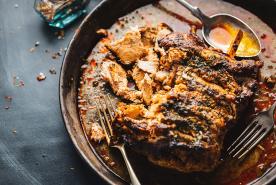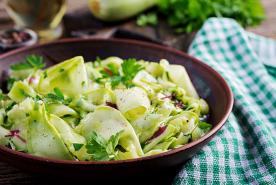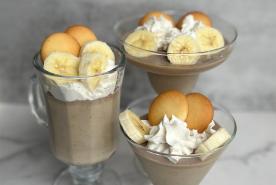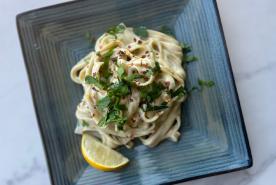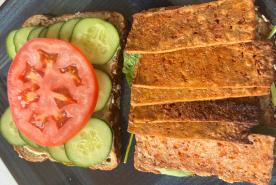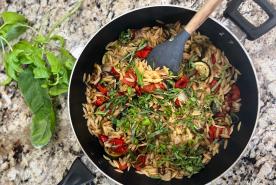January 05, 2022
Many patients with kidney disease, including those on dialysis, need to limit the amount of sodium in their diets. But how much sodium is safe, and what are some ways to add flavor to your diet without increasing salt? In this episode, Melissa Prest, DCN Doctorate in Clinical Nutrition, and kidney patient Chef Duane Sunwold discuss all this and more.
What is sodium?
Sodium and salt may sound similar, but they are two different things. Sodium is a mineral that makes up a significant part of table salt, but not all. It is also found naturally in many food sources.
The benefits of sodium
The body needs sodium to survive. Sodium helps nerves and muscles work correctly, and it also helps the body control fluid levels and blood pressure.
The problem with too much sodium
Sodium has to be consumed because the body can’t make it on its own, which gives people the opportunity to eat too much. Eating too much sodium can negatively affect someone’s health, especially if their kidneys aren’t working well. It can cause high blood pressure, discomfort during dialysis, and fluid-build up around the heart and lungs.
How much sodium is safe for kidney patients?
According to Dr. Prest, people should consume around 2300 mg to maintain healthy blood pressure. For individuals with kidney disease or high blood pressure, 1500 mg may be more appropriate. Speak with your healthcare team to determine how much sodium is safe for you.
Join the NKF Blog Newsletter
Get inspirational stories and kidney disease resources delivered to your inbox every month. You'll gain practical insights and expert advice to help you better understand and manage your kidney health no matter where you are on your kidney journey. Subscribe today.
Reading food labels
Dr. Prest and Chef Sunwold speak in-depth on the importance of understanding and reading food labels. In general, kidney patients should look for products with no more than 6 to 10% of the daily value for sodium.
Here are a few standard food labels that you may run into and what they mean:
- Sodium-free: The sodium-free label means less than 5mgs of sodium per serving.
- Very low-sodium: Very low-sodium foods contain less than 35mgs per serving.
- Reduced-sodium: Reduced sodium foods have had their sodium reduced by 25%. The total milligrams per serving depends on the sodium levels of the original product.
- Light in sodium: Similar to reduced-sodium, light in sodium products has had their sodium-reduced, only by 50%. Again, the total milligrams per serving will depend on the sodium levels of the original product.
Be wary, though. Many low sodium products contain potassium chloride as a substitute, which could cause harm if on a restricted potassium diet.
Hidden sodium
If sodium keeps creeping into your diet but your salt shaker has been hidden away, you might be up against hidden sodium sources. For example, many poultry products are soaked in a saltwater solution, or brine, to ensure the meat is juicy even if overcooked. As a byproduct, the juice and meat will contain more sodium. If you’re looking for more overall guidance or ways to avoid hidden sodium, contact a Registered Renal Dietitian in your area.
More flavor, less sodium
The word “chef” may bring to mind someone generously throwing salt all over food. Chef Duane Sunwold is a kidney disease patient and culinary arts instructor looking to change that. Why? He put his disease into remission by changing his diet and following his doctor’s recommendations.
Here are three ways he recommends lowering sodium content:
- Look for pasta and other products without added salt or sodium, and don’t salt your pasta water.
- If reaching for the salt shaker is an ingrained habit, make your own spice and herb mixture and put it in your salt shaker.
- Make your own chicken and vegetable stock. It’s easy, costs only pennies, and can be frozen for later use.
Listen to the full episode for the rest of Chef Sunwold’s tips. Spice recipes and suggestions are also available here.
Looking for the latest in kidney research, care, and treatment?
Subscribe to Hot Topics in Kidney Health. This podcast examines important kidney topics, brings in the experts, and provides actionable tips that you can start using today.



